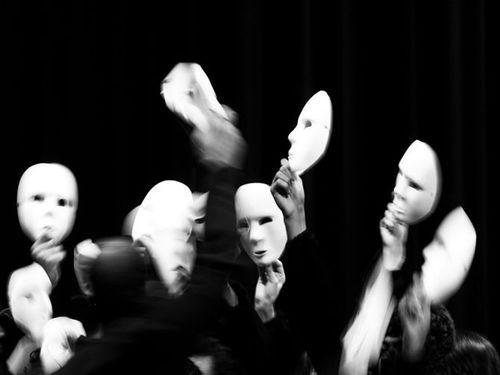酉だるま2017 By Rita Sakano

酉だるま2017 By Rita Sakano
More Posts from Ritasakano and Others
Physical Science...In Space!
Each month, we highlight a different research topic on the International Space Station. In May, our focus is physical science.

The space station is a laboratory unlike any on Earth; on-board, we can control gravity as a variable and even remove it entirely from the equation. Removing gravity reveals fundamental aspects of physics hidden by force-dependent phenomena such as buoyancy-driven convection and sedimentation.

Gravity often masks or distorts subtle forces such as surface tension and diffusion; on space station, these forces have been harnessed for a wide variety of physical science applications (combustion, fluids, colloids, surface wetting, boiling, convection, materials processing, etc).

Other examples of observations in space include boiling in which bubbles do not rise, colloidal systems containing crystalline structures unlike any seen on Earth and spherical flames burning around fuel droplets. Also observed was a uniform dispersion of tin particles in a liquid melt, instead of rising to the top as would happen in Earth’s gravity.

So what? By understanding the fundamentals of combustion and surface tension, we may make more efficient combustion engines; better portable medical diagnostics; stronger, lighter alloys; medicines with longer shelf-life, and buildings that are more resistant to earthquakes.

Findings from physical science research on station may improve the understanding of material properties. This information could potentially revolutionize development of new and improved products for use in everything from automobiles to airplanes to spacecraft.
For more information on space station research, follow @ISS_Research on Twitter!
Make sure to follow us on Tumblr for your regular dose of space: http://nasa.tumblr.com
Anjo
Anjos
Lembrança
De uma infância
De Anjos



A Couple of Friends It’s Not Your Grandmother’s Needlepoint
É Natal
Vamos cantar
Alegria
Em nossos
Corações!!!






From the article: “Some of Japan’s colors have a lengthy background dating back to the Asuka period (538 ~ 710) and the hierarchical Japanese color system itself can be most easily traced back to 603 AD, when Prince Shōtoko established the first Twelve Level Cap and Rank System in Japan. Based on Confucian values and the five Chinese elements (wood, fire, earth, metal, and water), this particular hierarchy determined one’s rank by quality, rather than one’s heritage. Ranks were made identifiable by specific colors, as follows:
大徳 (Daitoku) Greater Virtue
小徳 (Shōtoku) Lesser Virtue
大仁 (Daijin) Greater Benevolence
小仁 (Shōjin) Lesser Benevolence
大礼 (Dairei) Greater Propriety
小礼 (Shōrei) Lesser Propriety
大信 (Daishin) Greater Sincerity
小信 (Shōshin) Lesser Sincerity
大義 (Daigi) Greater Justice
小義 (Shōgi) Lesser Justice
大智 (Daichi) Greater Knowledge
小智 (Shōchi) Lesser Knowledge
Within this system, the kinkiji (禁色), meaning “forbidden colors” were exclusively designated for use by only the highest ranking government officials and their robes. For example, the robes of the kuge (公家, the dominant aristocratic class in Kyoto’s imperial courts) were of the color Ōtan (orange), therefore the use of this color by any other lower rank was strictly prohibited.
As such, the warm orange and red hues came to be associated with power and affluence. Examples of this can also be found in everything from ornamental combs and katana scabbards to the torii gates of Shinto shrines and the shrine-maidens’ garb. On the opposite end of the spectrum (ha!), the yurushiiro (許し色, “permissible colors”) were usable by commoners.”
I find it particularly interesting that at this early period in Japanese development, they were of course still using Chinese philosophy and science to systematically organize something very abstract and unscientific as what color clothes you should wear– and not only that, but using Chinese science to determine that some colors should be forbidden in society to some people, and thus literally color-code peoples’ castes using a color system based on magic! :)
My brother and I saw this precious little rat snake watching everyone gardening in my grandparents’ yard. How could anyone hate this sweet curious face? I was cooing at him for like 20 minutes ♥️

Wisteria, Ashikaga Flower Park, Japan by Makoto Yoneda via TOKYOCAMERACLUB

Niigata Vista do Hotel Nikko
-
 the-spangle-maker liked this · 6 years ago
the-spangle-maker liked this · 6 years ago -
 ritasakano reblogged this · 8 years ago
ritasakano reblogged this · 8 years ago

